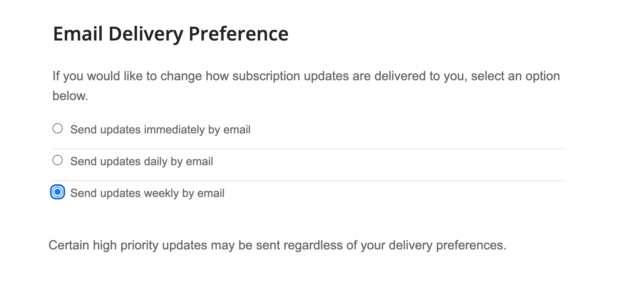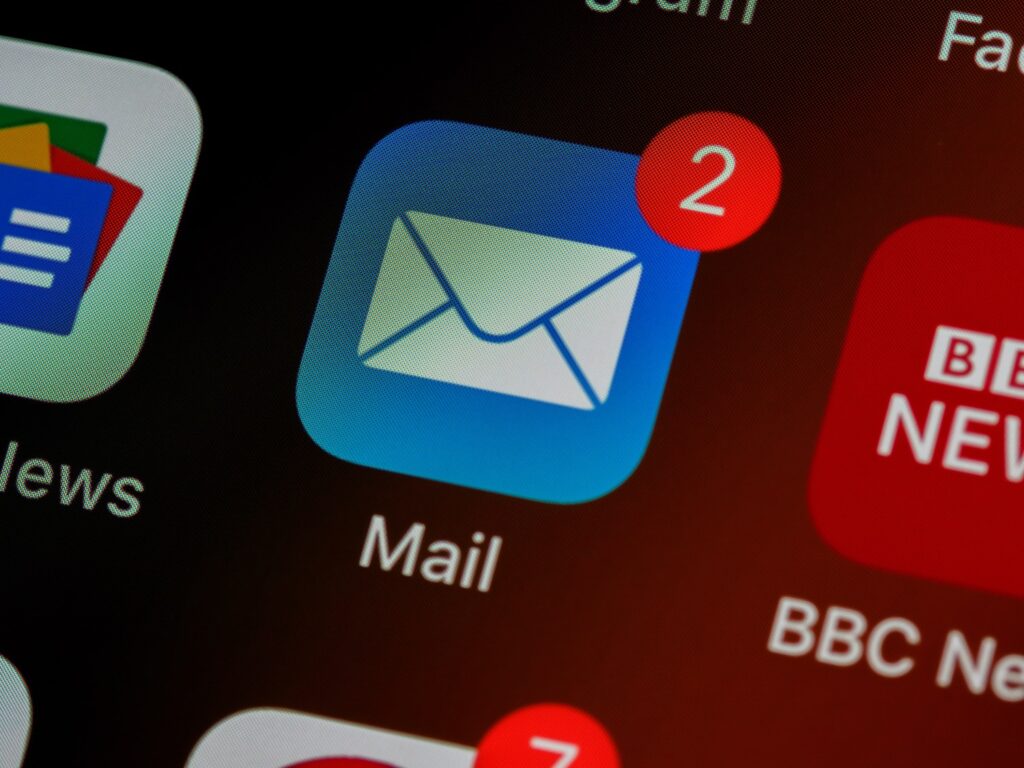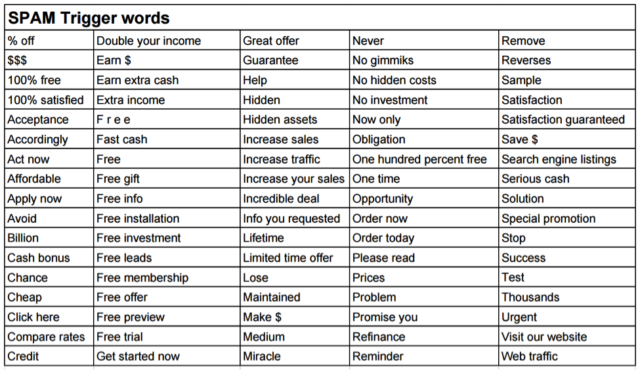
People Unsubscribing from Your Emails? Here’s How to Prevent it.
Aug 05, 2020
Email marketing is a powerful tool for any online or offline business. But what makes people sign up for them in the first place?
It’s usually as simple as people wanting to get more information about your offerings. New subscribers may wish to stay up-to-date with your brand, enjoy reading your content, or get in on those sweet discounts.
But when you experience a drop off in email open rates or even worse, a massive number of unsubscribes, it’s time to reevaluate your company’s email strategy to better serve current and future customers.
These are some of the most common reasons why people unsubscribe and how you can save your email list.
You’re Sending Too Many Emails (or Too Few)
There is such a thing as too much of a good thing. In an effort for people to not ignore their email marketing campaigns, some marketers send as many as three to eight emails per week.
And for some people, this is way too much.
Many email recipients admit to unsubscribing because a brand reached out to them multiple times within a week. Over 34% of people surveyed said they would unsubscribe if a business emails them more than once per day.
On the opposite side of the spectrum is the danger of sending too few emails. Companies guilty of sporadically communicating with customers and prospects, also risk subscribers giving them the boot from their inbox. They may not remember signing up to receive these emails in the first place, so a random message may come as a surprise.
Unfortunately, there’s no magic number for sending emails. You’ll need to analyze your email stats to find the sweet spot between the two extremes.
How to prevent unsubscribes based on frequency:
If you’re sending too many emails per day, try combining their content into a single, value-packed correspondence. In turn, you’ll reduce the frequency while giving subscribers the content they want.

Another way to limit the number of emails sent is to give people options. New subscribers will appreciate being able to choose how many emails they receive and when.
When all else fails, if you feel the need to send out even more emails, be transparent about what subscribers should expect and why they are receiving them.
Your Email Content is Irrelevant to the Recipient
Nothing will kill your email list faster than sending out spammy, overly promotional emails. People understand businesses exist to earn money. What they don’t enjoy is being treated like a number.
Sending emails where it’s obvious that you only care about the sale, not the person receiving it, shows a lack of insight into your audience and empathy as a marketer.
While it’s often common for people to initially subscribe to your email based on a promotion, businesses must continue providing information that’s relevant to them. Each email reaching them needs to deliver value.
How to prevent unsubscribes based on content:
One of the best ways to combat irrelevant emails is to look into what you’re doing now. To start, check out your metrics. Does it make sense to segment your list further? And if you aren’t segmenting now, this could be an opportunity to explore this option for future campaigns.
Audit the content. Is it on brand? Does it deliver on what you promised when the person first signed up? A/B testing will help determine which types of subject lines, copy, and imagery your audience responds to.
You’re Not Giving Subscribers What They Expect
As part of being a responsible marketer, your content must fulfill the pledge made to the subscriber when they clicked “sign up.” Pulling the rug out from under them with emails that have nothing to do with their interests leads to unsubscribes.
Give subscribers what they want. If you said they could expect to see more coupons and offers, then give them that. Should they expect to see expert tips in their emails? Bring it on.
Just don’t pull a bait and switch with your email campaigns.
How to keep giving subscribers what they want:
If you plan on promoting products in your email campaigns, balance them with other content that links to popular blog posts or videos. You could also provide insider information about the brand or other valuable, personalized messaging.
Your Emails Scream Spam
Sometimes people unsubscribe, not because of the information given to them, but the way it’s displayed. Most email clients will filter out emails with certain trigger words, links, or images. Gmail, Yahoo! Mail, and Outlook all use a reputation score to determine whether your emails are “trustworthy” enough not to be spam. Should some of these questionable emails get through, subscribers may unsubscribe due to their poor quality.
Here are a few tips for creating non-spammy emails:

Attachments
Don’t use them. Attachments are usually a sign of malware or virus within the email, leading to the recipient possibly deleting it. Even worse, you could be reported for sending malicious content.

Tigger Words & Punctuation
Words and phrases like “free” and “money” generally indicate low-value content. If you enjoy the very expressive exclamation point or all caps, don’t use them in your subject lines. Overuse of punctuation and capitalized words break away from what’s considered proper etiquette online.

Balance Text vs. Images
As best practice, sending marketing emails with only images is frowned upon. It’s recommended to keep a 60/40 ratio of text to images within an email. Emails with 500 characters or more generally decrease the chances of them bouncing. For emails with few characters than this, it makes sense to include an image.
Conclusion
Like a garden, your email subscribers need to be taken care of and nurtured. People recognize and appreciate companies that understand their wants and needs. By testing your emails and analyzing the results, you can get a better sense of what will keep your audience reading and reduce the risk of them unsubscribing.



